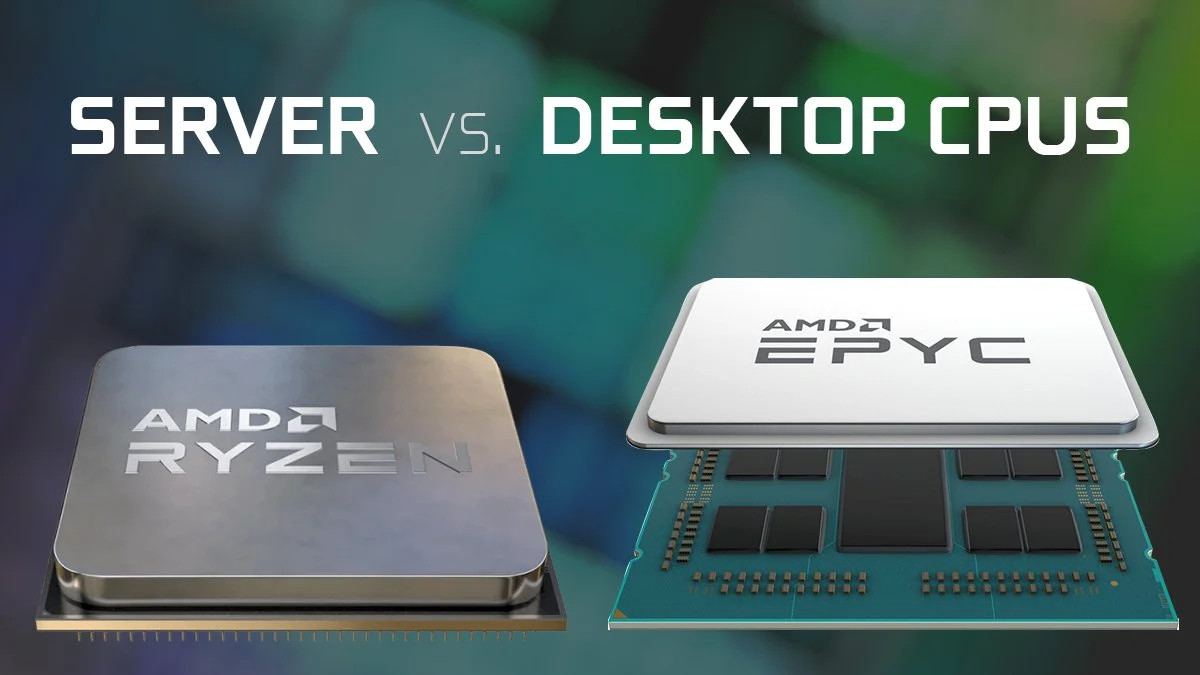The content provided is a structured overview of the Adobe Commerce Developer Documentation, aimed at guiding developers through various aspects of developing, customizing, and testing for Adobe Commerce. Below is an analysis of the content while maintaining the original paragraph structure:
—
**Adobe Commerce Developer Documentation**
The repeated title “Adobe Commerce Developer Documentation” emphasizes the focus of the content, which is to provide resources and guidance for developers working with Adobe Commerce.
—
**Develop, customize, and test**
This section introduces the core activities developers can engage in, such as building event-driven integrations and high-performance storefronts. It highlights the use of modern development tools, suggesting a focus on contemporary and efficient development practices.
—
**Extensibility**
Here, the documentation outlines the possibilities for creating custom integrations, event-driven applications, and integrating with third-party APIs. This section underscores the flexibility and adaptability of Adobe Commerce for developers.
—
**Get started**
This subsection provides a starting point for developers, listing key resources like the Integration Starter Kit, Events, Webhooks, API orchestration, and code samples. It also mentions a learning path, indicating a structured approach to mastering Adobe Commerce development.
—
**Storefront Development**
This section focuses on creating fast and reliable storefronts using tools like Edge Delivery Services, Commerce dropins, and Content blocks. It provides actionable steps such as customizing dropins and preparing for launch, which are essential for storefront deployment.
—
**APIs**
The documentation highlights the use of GraphQL and REST APIs for data exchange between the storefront and third-party software. The mention of an API playground suggests an interactive environment for testing and experimentation.
—
**Commerce Data Services APIs**
This section likely delves into APIs specifically designed
Magento 2 Developer Documentation.
Source: Install a third-party storefront theme | Magento 2 Developer Documentation
